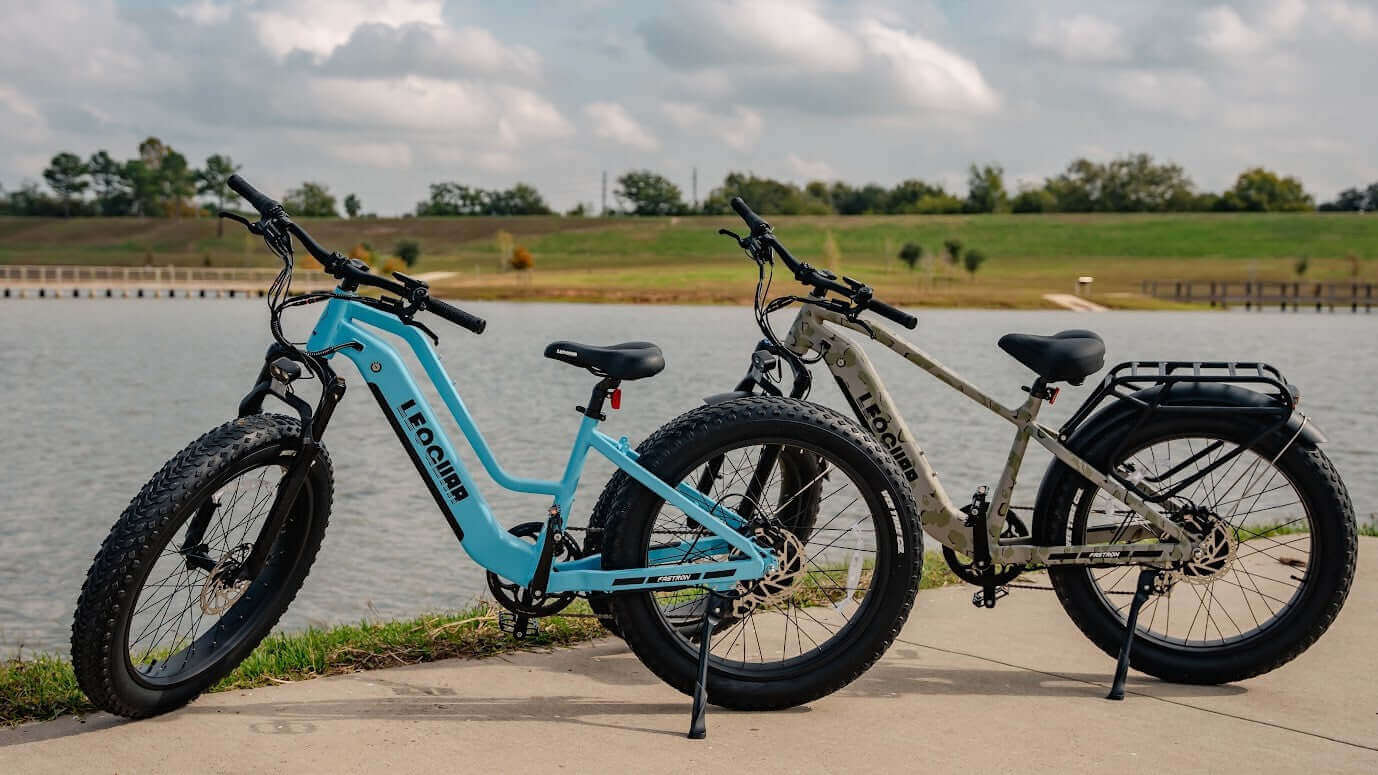
750W vs 500W eBikes: Power Showdown - Expert Guide for 2025 Buyers
Introduction – Uncovering Your Ideal E-bike Motor
Electric bike motor wattage is a key component that can make or break your riding experience. Understanding the differences between a 750W and a 500W motor is essential for selecting the right e-bike for varied terrains, rider weights, and real-world conditions.
Choosing between these two motors is not merely about power; it involves assessing acceleration, battery consumption, and legal compliance. We discuss how the 750W option delivers high torque and superior hill-climbing ability, while the 500W motor excels in energy efficiency and urban commuting.
This article explains the technical basics and performance trade-offs associated with each option. Our analysis is based on firsthand industry experience and testing data, providing practical insights for both newcomers and experienced riders.
Real-world factors such as riding terrain, rider weight, and local legal restrictions significantly influence your choice. By the end of this guide, you will have a clear understanding of when to opt for a 750W motor and when a 500W motor might be sufficient for your daily rides.
Prepare to dive deep into performance figures, battery life comparisons, and expert recommendations to ensure that your next e-bike ride perfectly aligns with your needs.
Understanding E-bike Motor Power Basics
Definition of Motor Wattage
Motor wattage on an e-bike indicates the power output an electric motor can deliver. This rating is critical, as it distinguishes between continuous power—the amount of power the motor can reliably output over time—and peak power, which is the brief surge available during acceleration or hill-climbing.
A 500W motor is typically advertised with a continuous 500 watts, but it may also deliver higher peak wattage temporarily. In contrast, a 750W motor is built to sustain higher power outputs over longer periods.
It helps to compare these ratings to other power devices. For example, similar to comparing the horsepower of a car engine, wattage in e-bikes gives an idea of the motor's capacity to overcome resistance and manage varying loads efficiently.
How Motor Power Impacts Performance
Motor wattage directly influences acceleration, torque, and battery consumption. A higher wattage motor, like the 750W variant, tends to deliver quicker acceleration and generates more torque, which improves performance on steep inclines and rough terrains.
Higher power output generally results in increased energy draw from the battery, thereby reducing the overall range. However, this is balanced by the motor's capacity to maintain a steady pace even when conditions demand extra power.
A lower wattage motor, such as the 500W option, may offer a smoother ride in urban settings by providing sufficient torque while drawing less current. This means that while a 500W motor can handle day-to-day commuting effectively, riders who frequently navigate hilly or challenging terrain might find it slightly underpowered.
Understanding these fundamentals is crucial when comparing the two motor sizes. Both motor types have their respective strengths, and these basics set the stage for a deeper dive into their performance in real-world applications.
750W eBikes Overview
Performance and Power Benefits
750W motors are engineered to deliver higher torque and faster acceleration. They are especially beneficial when climbing steep hills or accelerating on rugged terrain.
Real-world tests have shown that 750W e-bikes maintain momentum even under heavy loads and in off-road conditions. When riders require rapid power surges or have to overcome abrupt resistance, the extra wattage makes a significant difference.
Data from various performance trials confirm that the enhanced power not only improves acceleration times but also contributes to a steadier ride on uneven paths. This motor size is particularly favored among riders who regularly encounter mountainous trails or require an extra burst of power for cargo transport.
Several riders have reported smoother and more confident hill-climbing experiences with a 750W motor despite the battery's increased consumption. Field testing has demonstrated that on rough terrains, the torque improvements offer a more dynamic ride experience, reducing the strain on both motor and battery.
Battery Life and Consumption
While the 750W motor excels in performance, it often draws more energy, impacting the overall battery life. A higher wattage motor typically consumes more battery power, which results in a shorter range between charges compared to lower-powered alternatives.
This trade-off is important for long-distance rides where energy efficiency is paramount. Although battery technologies are improving, the increased demand of a 750W motor means riders might need to plan for more frequent charging cycles.
Nonetheless, certain high-end 750W e-bikes incorporate advanced battery management systems to optimize power delivery and prolong battery life. This allows riders to benefit from the extra power without sacrificing too much on range, especially if they ride predominantly in power-critical scenarios.
Legal Considerations
Regional regulations often influence motor selection. In some areas, the higher power capacity of a 750W motor may exceed legal limits, especially on public roads.
Many jurisdictions cap e-bike motors to 750W or lower to classify them as bicycles rather than motor vehicles. Riders need to confirm local laws before choosing a 750W e-bike to avoid legal complications.
It is common to see rider guides recommending that riders in regions with strict regulations opt for a 500W motor for urban commuting. Understanding the legal landscape ensures a smoother ride and prevents issues such as fines or confiscation.
This legal perspective is essential for those considering heavy-duty or off-road e-bikes that might be attractive for their power but face regulatory challenges in certain areas.
500W eBikes Overview
Efficiency and Range Advantages
500W motors are renowned for their efficiency and extended battery life. Their lower energy consumption results in a longer range per charge, making them ideal for city commuting and moderate-distance rides.
Data from energy consumption tests indicate that riders using 500W e-bikes can enjoy prolonged battery performance. This efficiency makes the 500W motor a popular choice for those who prioritize range over high-torque performance.
Riders find that while the motor provides a respectable acceleration, its lower power draw ensures that battery longevity is maximized. This balance of performance and efficiency is key to understanding the advantages of a 500W e-bike.
Urban and Commuting Benefits
City commuters benefit from the controlled acceleration and reduced power draw of a 500W motor. These e-bikes are specifically engineered for flat urban environments where excessive power is not required.
A 500W motor delivers a steady pace and sufficient torque to navigate through traffic and occasional bumps. Riders appreciate the quick charging cycles and the cost savings on battery usage, which are crucial in daily commuting.
For urban applications, the lighter motor weight and energy-efficient design contribute to a smoother ride. Many riders find that a 500W system is less intimidating and more manageable in congested city landscapes.
This motor size often offers lower maintenance costs and easier access to components, making it an attractive option for daily riders. When legal restrictions and urban efficiency are at the forefront, the 500W e-bike stands out as the practical choice.
Limitations on Heavy Loads and Steep Hills
While the 500W motor is efficient, it faces performance setbacks under heavy load conditions. Riders pushing extra weight or tackling steep slopes may notice that the motor struggles compared to its 750W counterpart.
Testing in various riding scenarios indicates that 500W motors may experience reduced acceleration and slower hill climbs. In extreme cases, riders have reported a diminished ability to maintain speed when faced with significant inclines or added cargo.
For those who frequently transport heavier loads, particularly on challenging terrain, the limitations of a 500W system become apparent. This motor is best suited for flat or gently sloping paths where energy efficiency is the primary concern.
It is essential to weigh these limitations against the benefits of longer battery life. For many urban riders, the balance tilts in favor of efficiency, but those with a need for additional power might be better served by a 750W motor.
Comparative Analysis: 750W vs 500W for Different Riders and Terrains
Performance Comparison Chart/Table
Below is a comparative table outlining the differences between 750W and 500W e-bike motors:
| Feature | 750W Motor | 500W Motor |
| Torque & Acceleration | Higher torque, faster acceleration | Adequate for flat and moderate hills |
| Battery Consumption | Consumes more battery energy | More energy efficient, longer range |
| Hill-Climbing Ability | Excels on steep inclines | May struggle on steep hills |
| Suitable Rider Profiles | Heavier riders, off-road, cargo transport | Urban commuters, lighter riders |
| Legal Compliance | Check local regulations; may face restrictions | Generally meets urban legal criteria |
| Maintenance & Cost | Typically higher cost, potential extra maintenance | Generally lower cost and maintenance requirements |
In this chart, key technical aspects such as torque, battery efficiency, and rider fit are compared. We reference Differences in E-bike Motor Ratings for supporting evidence.
Impact of Rider Weight and Terrain
Rider weight significantly influences e-bike performance. Heavier riders or those frequently riding with cargo benefit from the extra torque provided by a 750W motor.
For riders on hilly or uneven terrain, the additional power of a 750W motor provides the necessary boost to maintain speed. Conversely, lighter riders or those who predominantly ride on flat, urban streets find the 500W motor to be more than adequate.
It is advisable to consider the terrain type, as challenging hills demand more continuous power output. In regions where steep inclines are common, the 750W variant can offer a notable edge.
Cost and Maintenance Considerations
Upfront costs and maintenance budgets are practical considerations for many riders. 750W e-bikes often come with a higher price tag due to the more robust motor components and battery requirements.
Maintenance may also be slightly more complex for 750W systems given the increased strain on components. In contrast, 500W systems tend to be less expensive to maintain and repair, contributing to lower overall cost of ownership.
Field reports and market analyses have shown that for riders who do not routinely require high torque, the long-term cost benefits of a 500W motor are significant. The trade-off between power and cost often leads urban and commuter riders to favor the 500W option, whereas enthusiasts requiring extreme performance lean towards the 750W system.
Expert Insights & Real-World Experiences
Expert Opinions on Motor Choice
Industry experts advocate that the selection between 750W and 500W motors should be based on specific riding needs. For riders requiring extra power for off-roading or carrying heavy loads, experts often recommend the 750W motor for its superior performance under stress.
Conversely, technical advisors emphasize that for urban commuting on flat terrain, a 500W e-bike provides excellent performance with better energy efficiency. These recommendations are supported by data from field tests and technical reviews from reputable e-bike forums and rider guides.
Experts also stress the importance of understanding local legal frameworks when choosing a motor size. Links such as E-bike recommendations for heavier riders are frequently cited, suggesting that heavier riders in hilly terrains may require the 750W option.
Case Studies / Firsthand Experiences
Real-world experiences from riders underscore the practical differences between the two motor sizes. Several riders testing 750W e-bikes reported handling steep inclines with confidence and noted improved acceleration during urban commutes with added weight.
Comparative case studies show that riders in metropolitan areas favored the 500W model for its longer battery life and lower operational cost. Testimonials indicate that the 750W system provided a competitive advantage in off-road conditions while some urban commuters found it excessive for daily use.
Data-driven insights reveal that for riders weighing over 200 pounds, the 750W motor delivers measurable improvements in performance. These firsthand accounts reinforce the recommended criteria for selecting the right motor based on individual requirements and terrain challenges.
How to Choose the Right Motor for You
Self-Assessment: Rider Profile and Usage
Selecting your ideal motor begins with a comprehensive self-assessment. Riders should evaluate factors such as weight, typical riding terrain, and daily usage frequency.
A simple checklist can facilitate this process:
• Determine your average rider weight and any additional cargo loads.
• Evaluate whether you ride mainly on flat surfaces, rolling hills, or steep terrains.
• Assess your typical ride duration and frequency to understand battery demand.
Using this checklist, riders can clearly differentiate whether a high-powered 750W or an energy-efficient 500W motor fits their profile best.
Evaluating Budget vs. Performance
Balancing your budget against performance needs is vital. The initial cost of a 750W e-bike might be higher, not to mention the potential for increased maintenance expenses.
When evaluating performance, weigh the benefits of rapid acceleration and increased torque against the extra cost incurred. For daily commutes and casual rides, the 500W motor often provides the optimal cost-performance balance.
Comparative cost analyses indicate that riders who do not require extreme power may save money over time with a 500W system. This balance allows riders to enjoy consistent performance without stretching their budgets unnecessarily.
Legal and Regional Considerations
Local regulations and regional laws should play a key role in your decision-making process. Many regions explicitly define legal limits for e-bike motor wattage, often capping permissible power at 750W or lower.
To ensure that your e-bike complies with local laws, it is recommended to verify legal restrictions before making your purchase. Failure to adhere to these limits can result in fines or even disqualification from public use, especially in urban areas.
A detailed review of regional laws, as outlined in various e-bike guides, can offer insight into whether the 750W or 500W motor is a better legal fit. This step is essential to ensure that your purchase aligns with both your riding needs and the legal framework in your area.
Conclusion and Key Takeaways
When comparing 750W vs 500W eBikes, the decision ultimately hinges on your specific riding needs and environment. Both motor sizes come with distinct advantages that cater to different scenarios—from the robust power of a 750W motor for heavy loads and steep terrains to the energy efficiency and extended range offered by a 500W system.
Key takeaways include understanding that a 750W motor excels in performance and hill climbing, making it a preferred choice for heavier riders and off-road adventures. In contrast, a 500W motor is ideally suited for urban commuting, providing a balance of efficiency, lower cost, and sufficient power for everyday use.
Industry experts and firsthand rider experiences reinforce that self-assessment, budget constraints, and legal regulations are central to choosing the right motor. Given these insights, riders should carefully weigh both options against their personal requirements to ensure an optimal riding experience.
By integrating technical fundamentals, performance data, and real-world experiences, this guide offers a comprehensive roadmap for making an informed decision. We hope that the analysis and expert insights presented here help you select the perfect e-bike motor to match your riding style and environment.
Ultimately, the choice of a 750W or 500W e-bike motor should be driven by your specific needs, be it power for tackling steep hills or efficiency for long, urban commutes. Make sure to evaluate all factors involved to enjoy a safe, legal, and exhilarating ride on your next e-bike journey.
FAQs
-
What is the main difference between 750W and 500W eBike motors?
A: 750W motors offer more power and better hill climbing ability, while 500W motors provide better energy efficiency and longer range for urban commuting.
-
How does battery life compare between 750W and 500W eBikes?
A: 500W eBikes typically have longer battery life due to lower power consumption, while 750W eBikes consume more energy but deliver higher performance.
-
Which motor size is better for heavier riders in 2025?
A: 750W motors are generally better for heavier riders, providing more torque and better performance under increased load.
-
Are there legal restrictions for 750W eBikes in 2025?
A: Yes, many regions restrict eBike motors to 750W or lower. Check local regulations before purchasing, as restrictions vary by location.
-
How do I choose between 750W and 500W for daily commuting?
A: Choose 500W for flat urban terrain and efficiency, or 750W if your commute includes hills, heavy loads, or challenging conditions.



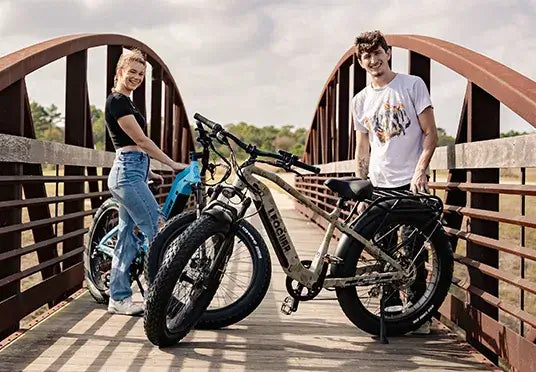
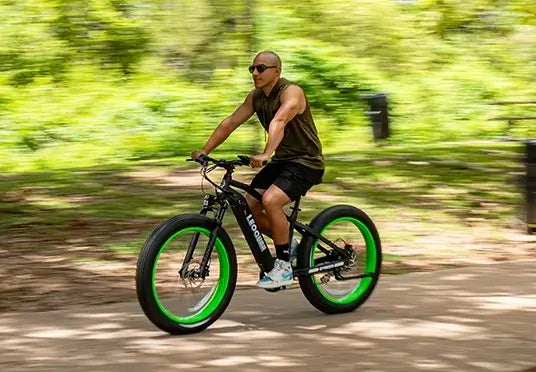
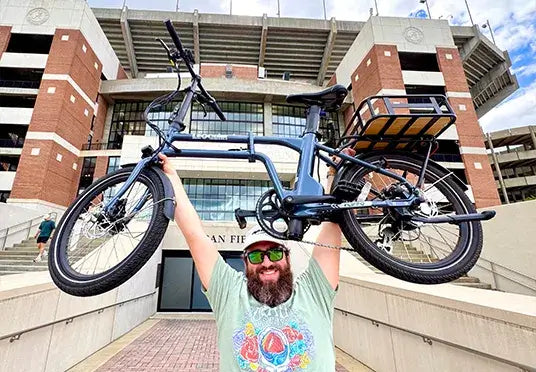
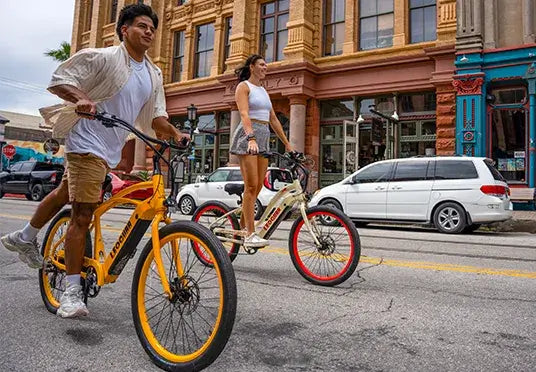
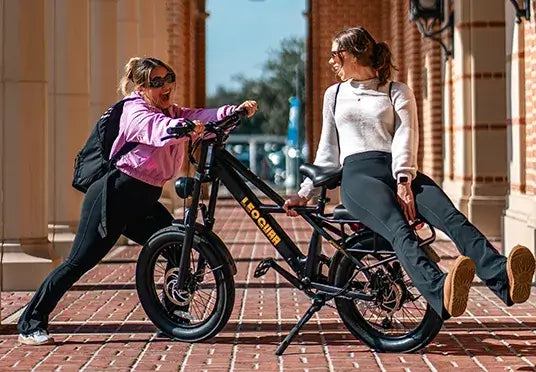
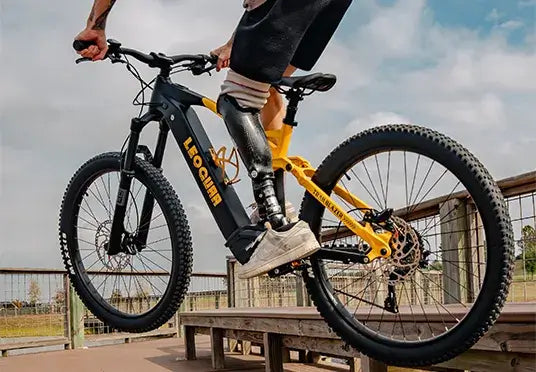

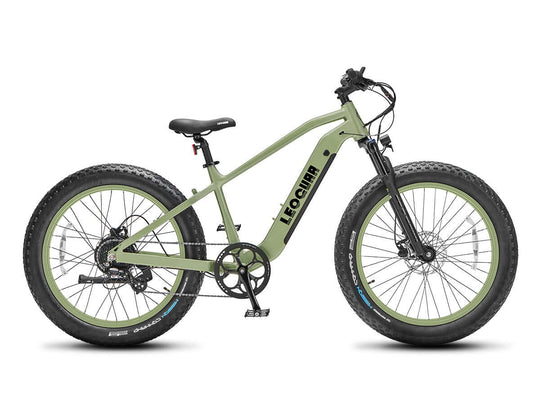
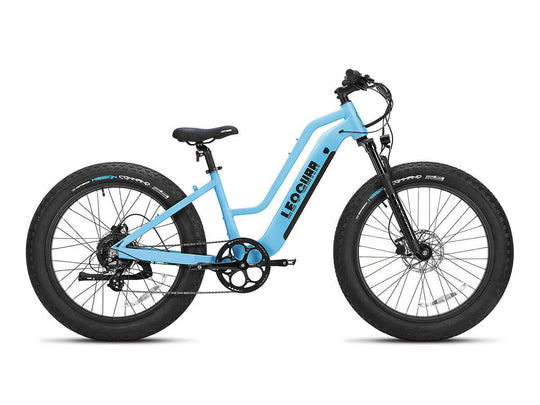
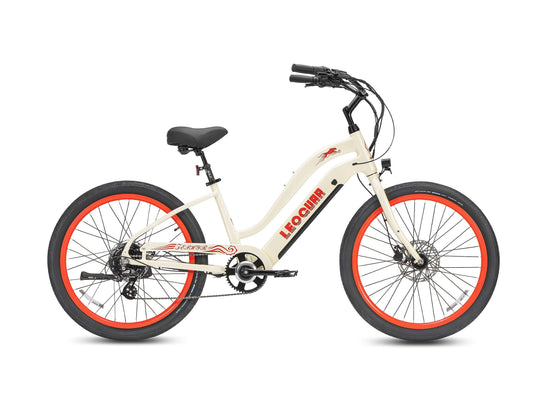
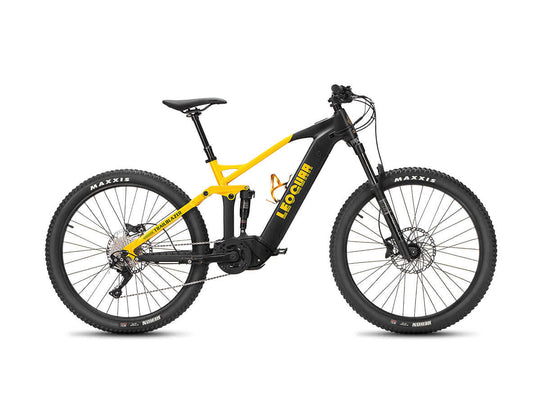
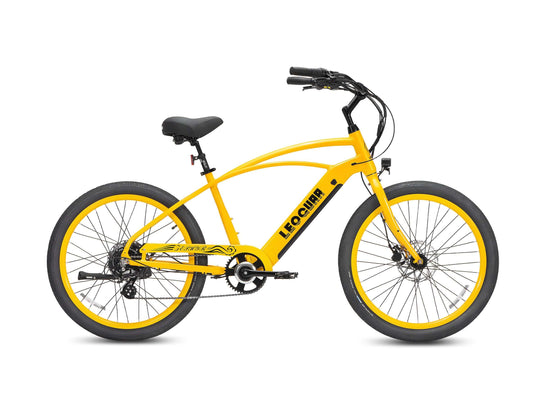
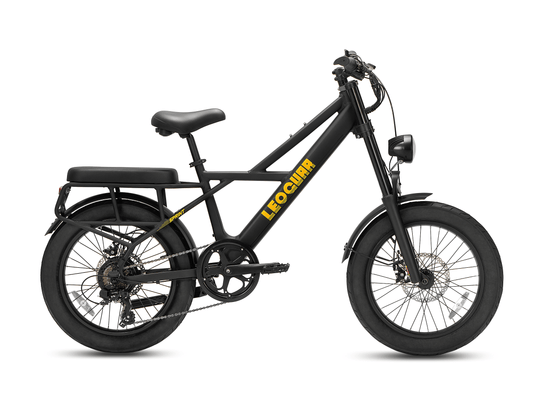

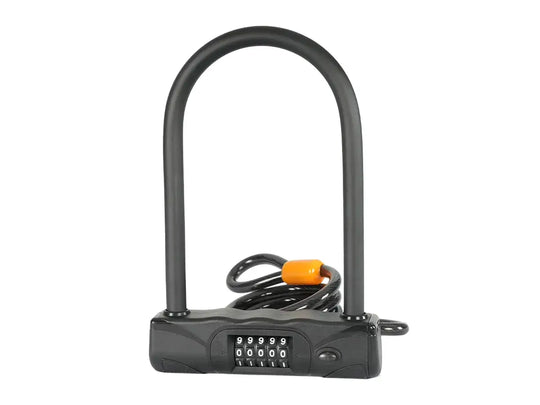
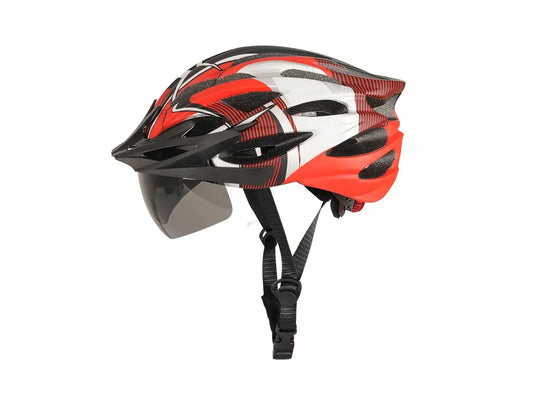
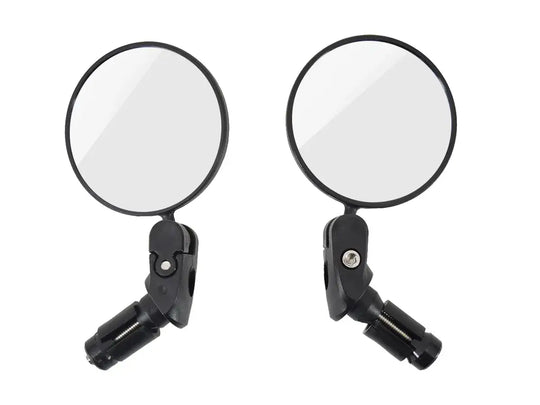

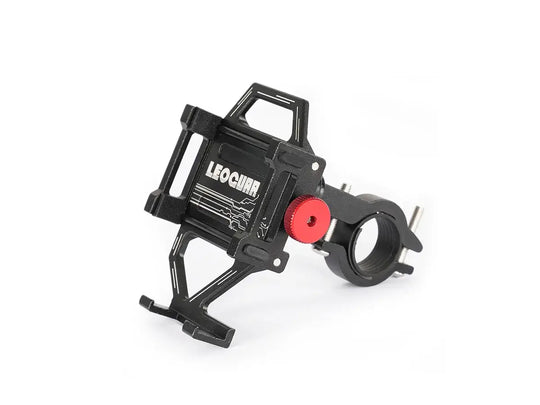
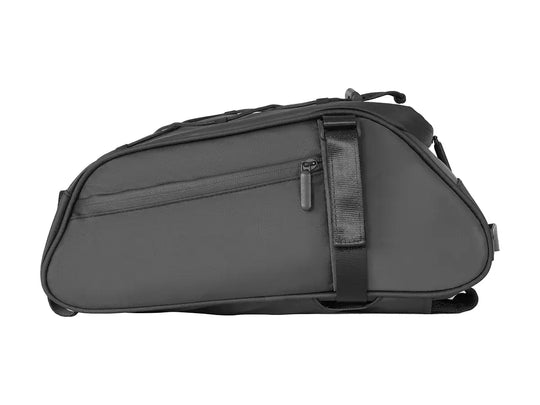
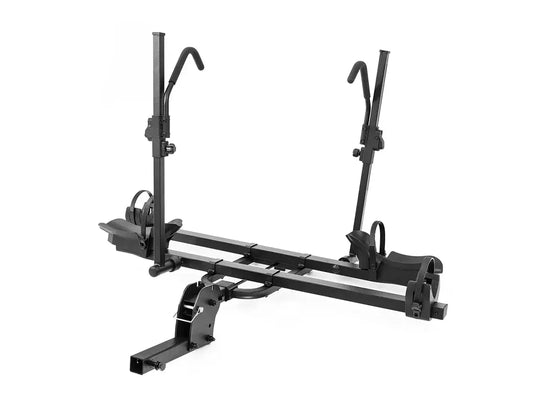
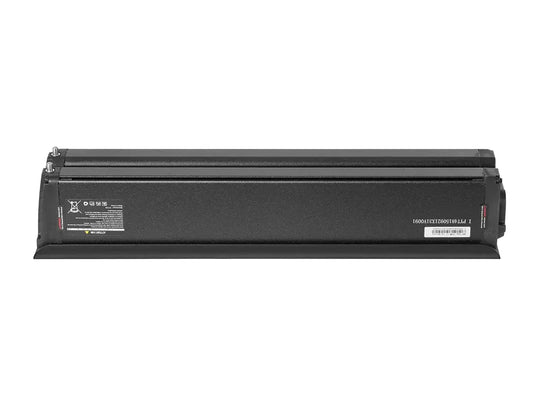
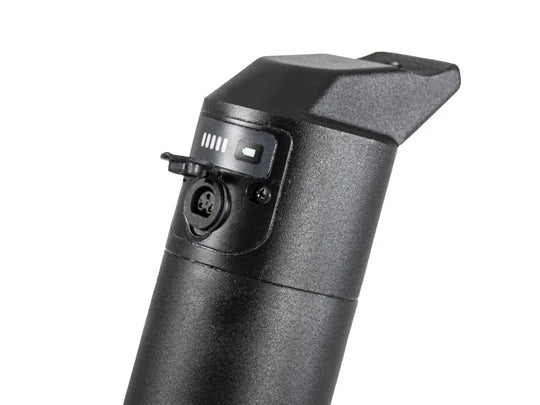
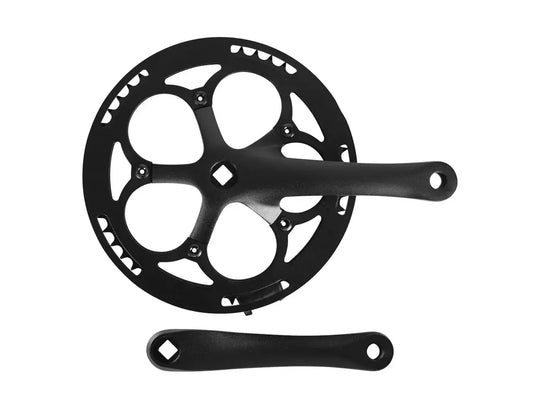
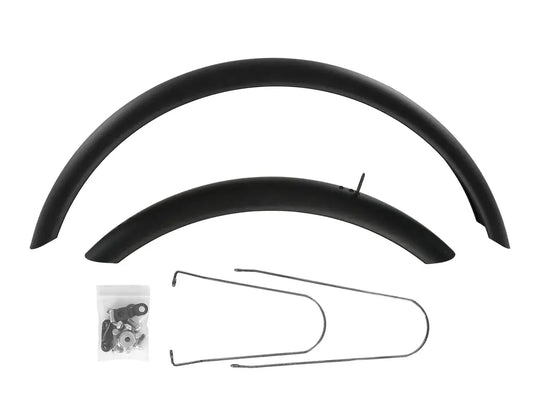
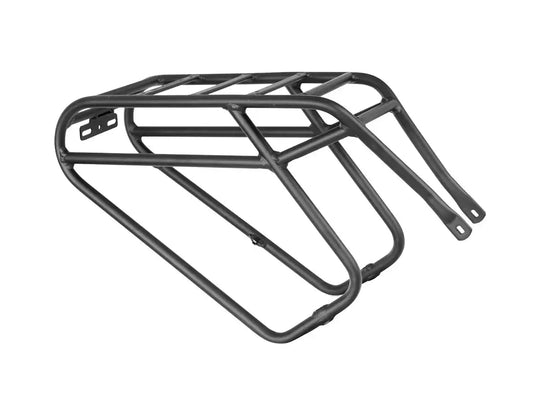
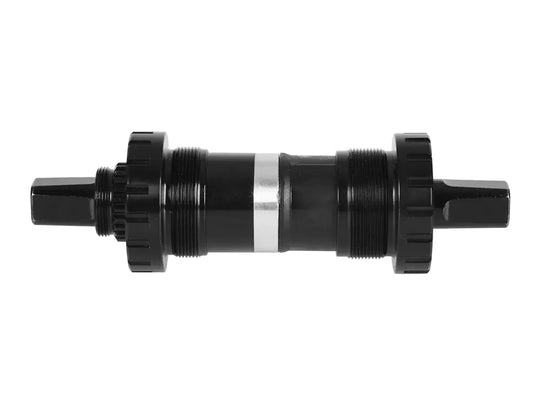
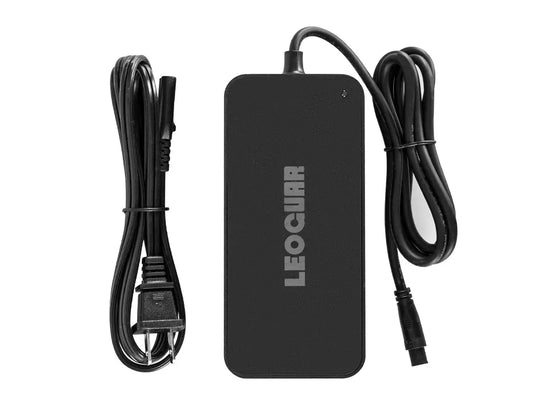
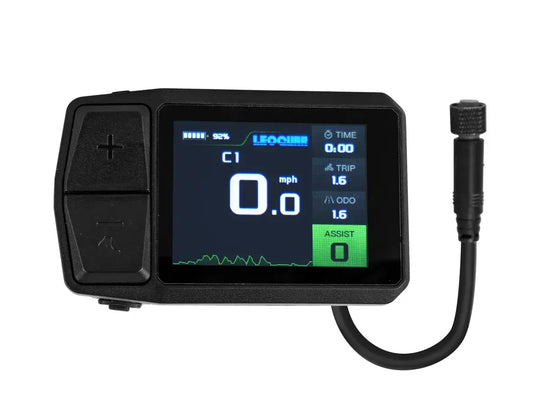

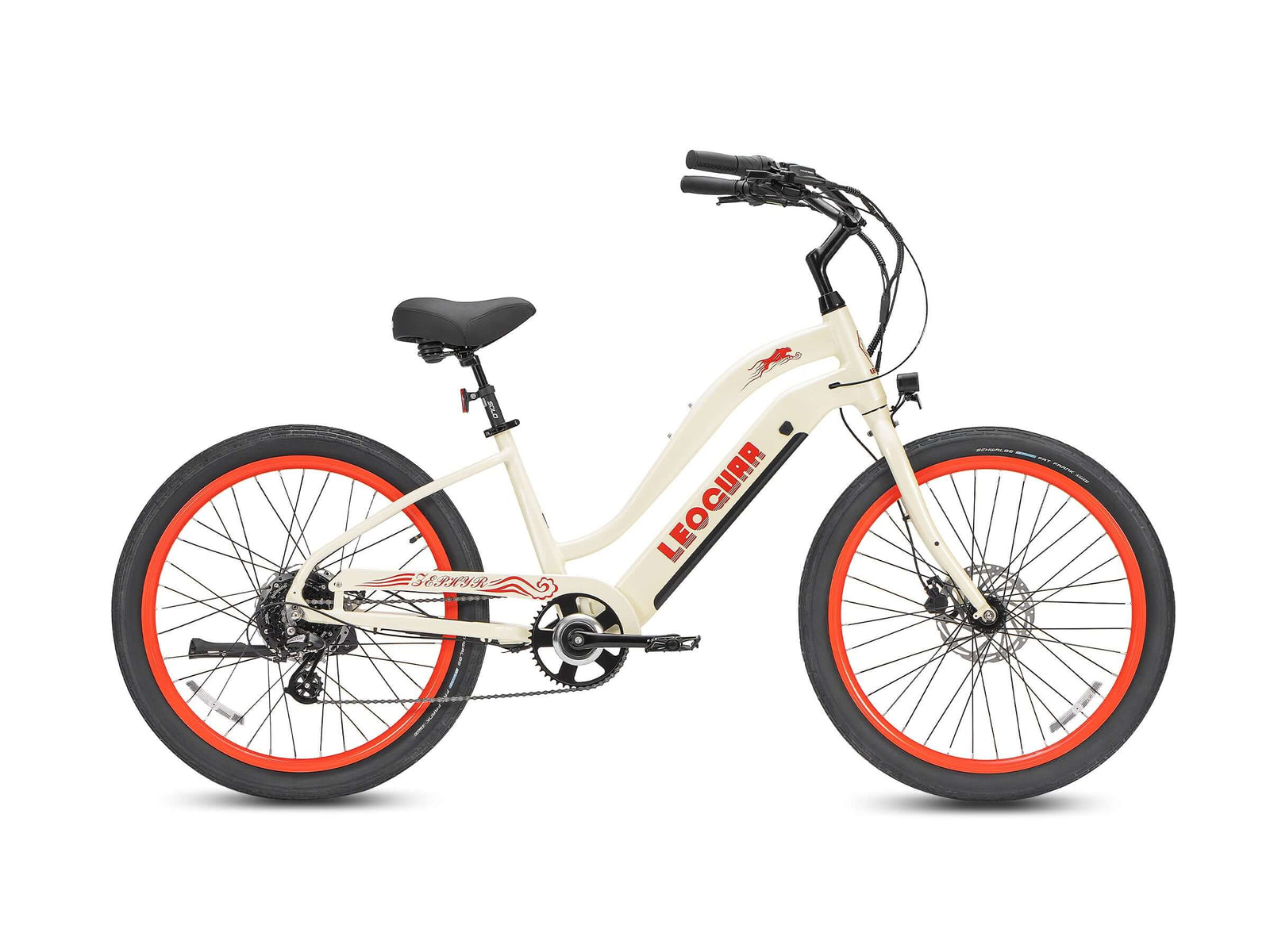








Leave a comment